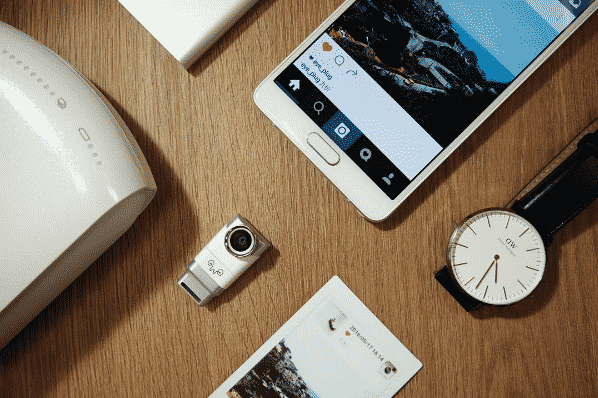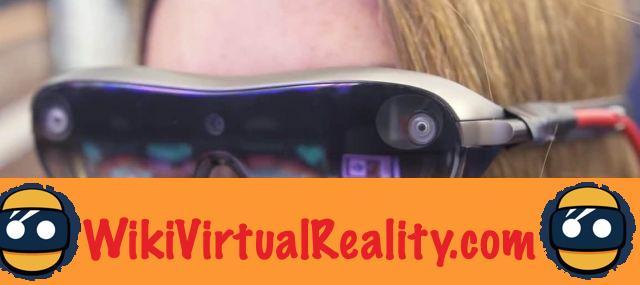
Summary
One of the decisive points of high tech devices such as VR or AR headsets happens to be the pixel resolution for VR headsets.. Take for example the comparison with a human eye. If the latter were a digital camera, its data sheet would indicate being able to detect 60 pixels per degree of the fovea. As a result, every system with a quality above 60 pixels per degree would be a loss of resolution because the human eye cannot see so much detail. This is called retinal resolution.
Regarding VR headsets, you can calculate by yourself the pixel destiny that is sent to each eye. You can do this by dividing the number of pixels in the horizontal field of view of the display system by the horizontal field of view produced by the lens. Take for example a case like the HTC Vive which has a resolution of 1080 x 1200 pixels and apply this calculation.

Calculation of retinal resolution of HTC Vive
What to remember from this calculation?
With a retinal resolution of 10 pixels per degree, the Rolls of VR headsets are still far from the maximum supported by the human eye.. However, be careful not to misinterpret the calculation, it does not mean that the HTC Vive is not as good as the specialists suggest. Obviously for a general public helmet, its quality is exceptional, as the price suggests.
However, this highlighting of retinal resolution shows that there is still some way to go for VR headsets. The changes in resolutions may seem derisory. This is not the case as shown in this comparison of photos made by our colleagues from Road to VR.




The constant would like that at the option of the improvements, the helmets supported by the screens will approach very soon the limit of the retinal resolution. So much so that these helmets will offer us quasi-reality experiences via the interface. At the moment, only professional VR headsets have the ability to get as close as possible to 60 pixels per degree. This is the case for example with the Sensics zSight 1920 which reaches 32 pixels per degree.





![[GOOD TIP] The DJI Mavic Air drone at only 970 euros 🔥](/images/posts/508c7088bbc439b2faabf0ee3721dc83-0.jpg)
![[WWDC 2017] Mac VR: Apple computers running macOS High Sierra compatible with HTC Vive](/images/posts/1efe8a66c6dc80ec888133efad603474-0.jpg)
![[Review] Augmented Empire - A fascinating cyberpunk tactical RPG on Samsung Gear VR](/images/posts/e59f79c2980c7163a7cfe93c1a40e553-0.jpg)


















